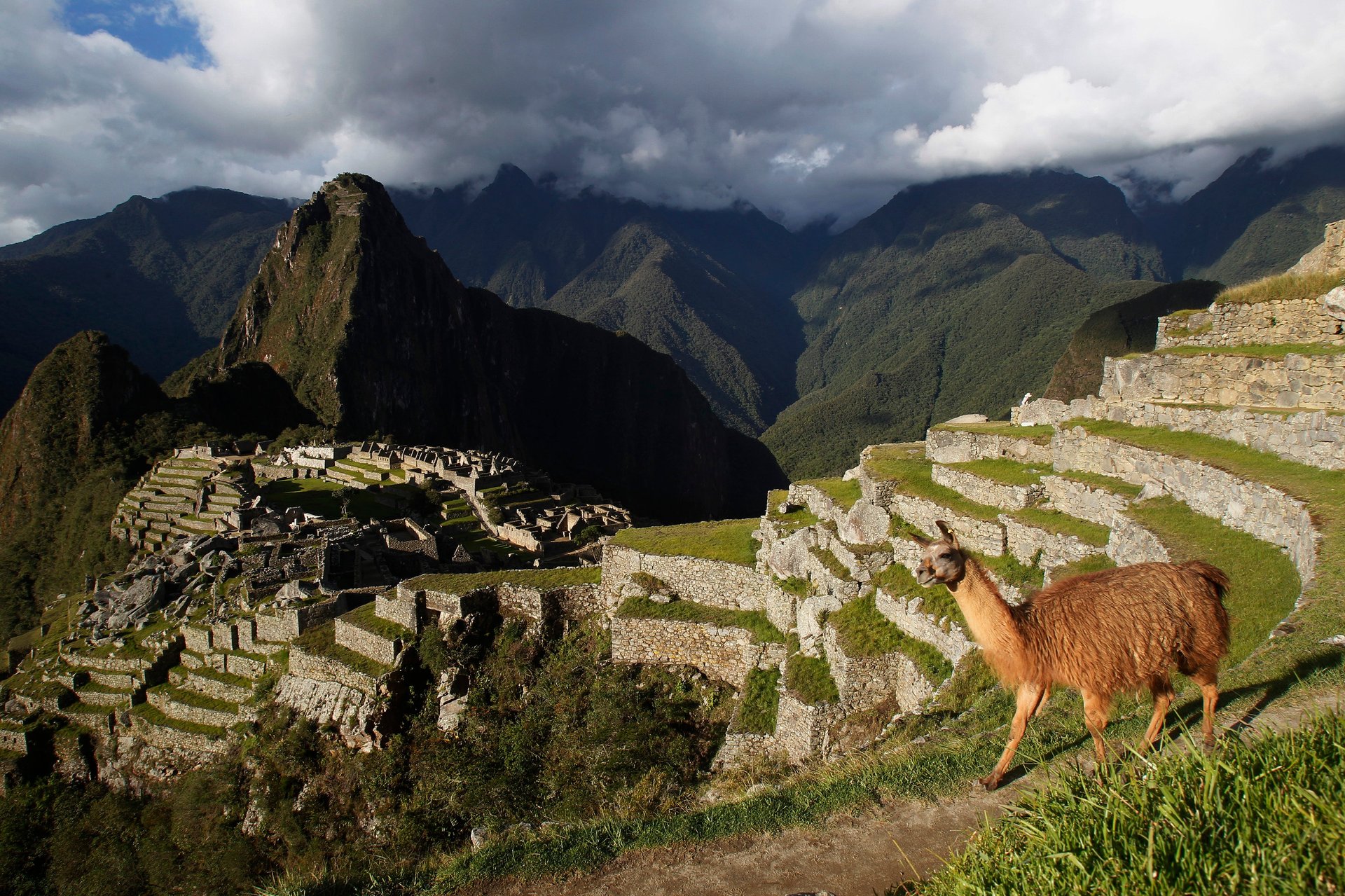The most reliable record of the rise and fall of the Inca Empire might be the mites that ate their llamas’ poop
If you were looking for a key performance indicator for the health of the Inca Empire, llama poop would be a pretty good proxy.


If you were looking for a key performance indicator for the health of the Inca Empire, llama poop would be a pretty good proxy.
When the western South American empire was flush, llama caravans criss-crossed the Andes laden with goods like maize, salt, feathers, and coca leaves. And all along the mountain highways, piles of poop stood as testaments to Incan prosperity.
An ancient lake near one of these roads became a popular rest stop. At the height of the empire, thousands of llamas descended upon Lake Marcacocha to drink and, inevitably, poop. Their dung washed into the lake, where it fed a group of oribatid mites—half-millimeter-long critters related to spiders. After carefully counting the number of mite corpses in different levels of the lakebed, British researchers report in the Journal of Archeological Science that the remains offer a remarkably reliable record of the rise and fall of the Inca.
The mite population peaked during the Incan golden age in the 15th and 16th centuries, but took a nosedive after Spanish conquistador Francisco Pizarro conquered the empire, sparking a massive die-off of humans and llamas alike. As the Spanish introduced cows and pigs, their poop fueled another mite boom—but the bubble burst when a smallpox epidemic swept through the region in 1720.
The biggest surprise for the scientists was that the mite populations mapped onto known historical events better than another dung-loving life-form, a genus of fungus called Sporormiella. Scientists often use Sporormiella spore counts to estimate the historical populations of big herbivores—from Incan llamas to Ice Age mastodons. But the new study suggests that in environments like Marcacocha, other factors can affect fungus populations and give a misleading picture of population sizes. In this case, Sporormiella counts responded to fluctuations in the lake’s water level, but didn’t correlate very strongly with the chronology of the Inca Empire.
Sporormiella spores are still crucial indicators of the history of life on Earth—but their status as the preeminent poop-based metric might be challenged.